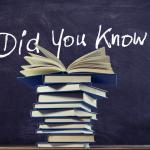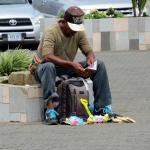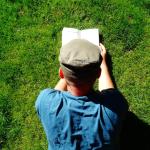The New England Journal of Medicine published a great medical image this week from our nasal friend, or at least a runny nasal friend.
Other Science News
“Florigen-regulating genes have been repeatedly modified by breeders in crops as diverse as tomatoes, soybeans, potatoes, beans, strawberries, barley, sugar beet, rice, and wheat.
Off-shore wind lasts longer and is stronger than on-shore, making off-shore wind farms (OWF) a source of renewable energy – except, of course, when it blocks your view, and those NIMBY (not in my backyard) types object.
“After Metchnikoff discovered phagocytes, he plunged into researching human immunity, hopeful to find ways to extend lives. He was motivated by his own grim experiences with disease.
"Every city has its own 'molecular echo' of the microbes that define it.”
I found this a plausible study, but we should consider it speculative rather than accepted. First, the research is based on cell cultures. Second, the nuances of cell culture are frankly outside my ability to discern good from bad in technique.
“Cotton’s statements did not get any immediate coverage, but several days later David Choi at Business Insider wrote them up with the headline “Republican senator suggests ‘worse than Chernobyl’ coronavirus could've come from Ch
A cyborg is generally defined as a human-machine interface contrivance. Several cyborgs have been registered to date, and a cyborg foundation, dedicated to recognizing and securi
Until COVID-19, the first year of medical school included an anatomy course where the textbook was secondary to the real teacher, the cadaver you and your colleagues were about to dissect.
“In the year 2000, the International Energy Agency (IEA) made a prediction that would come back to haunt it: by 2020, the world would have installed a grand total of 18 gigawatts of photovoltaic solar capacity.












